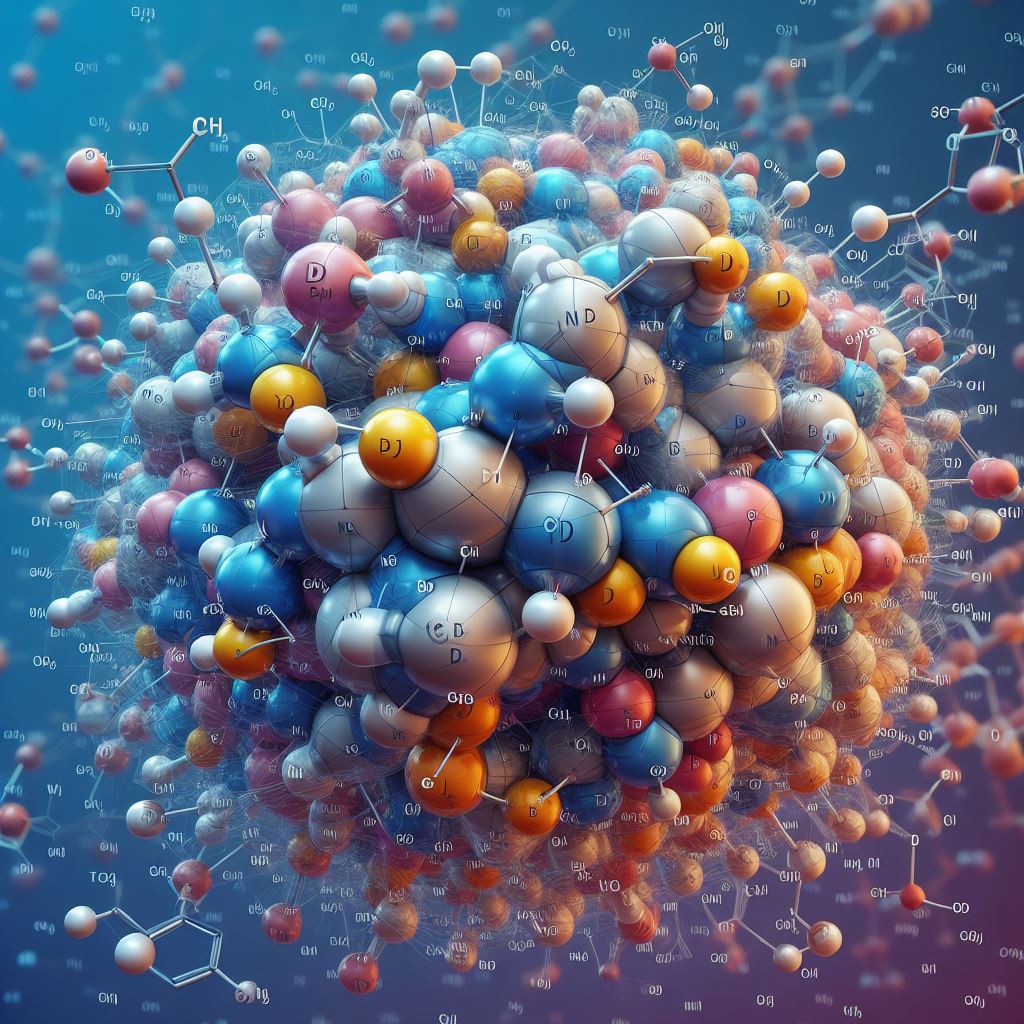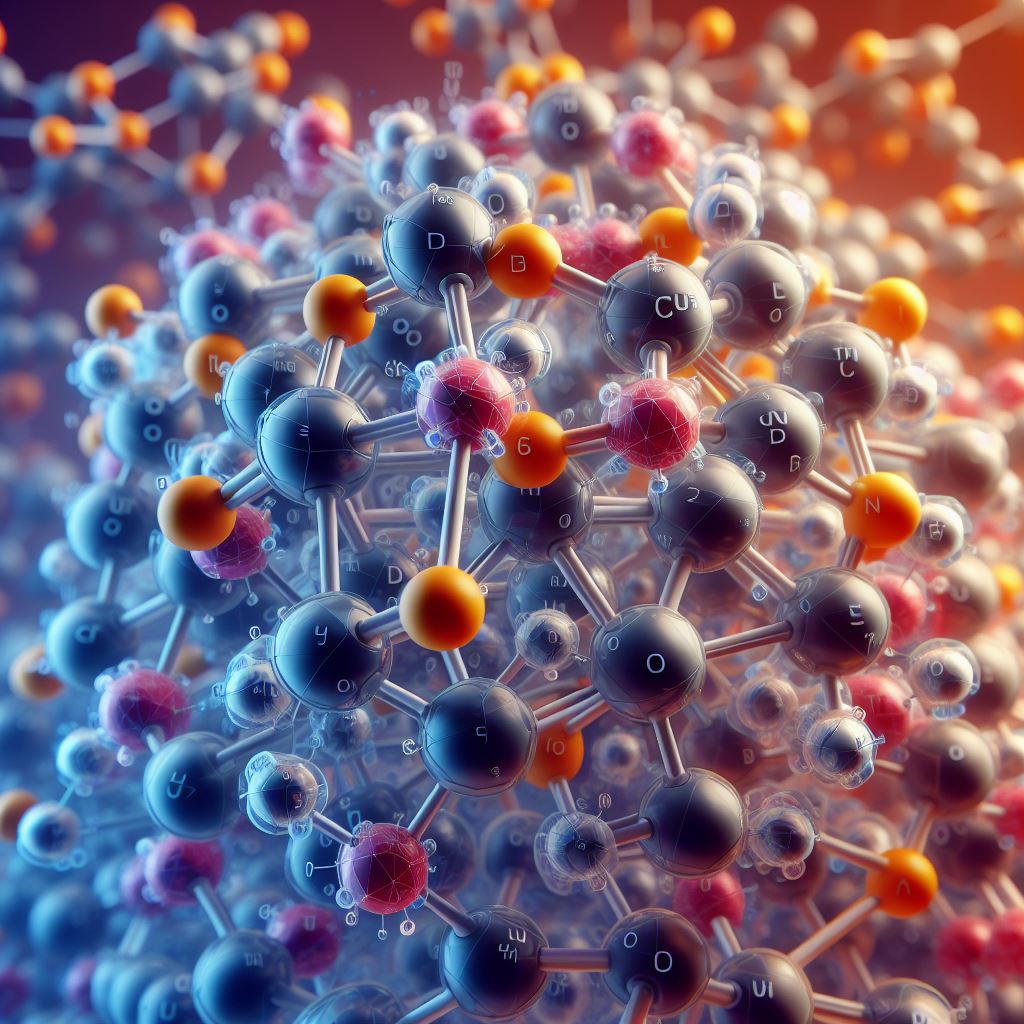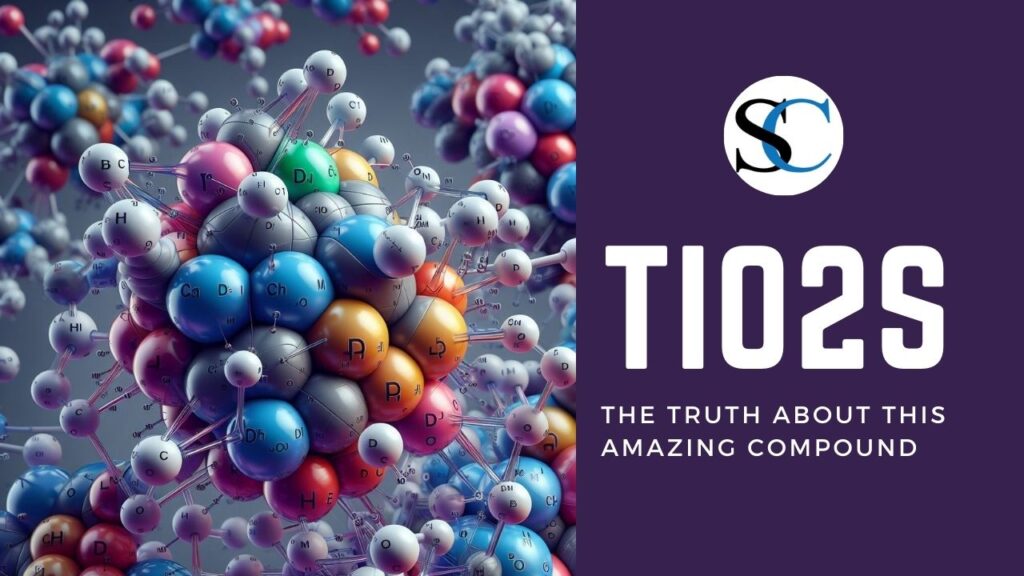Hello! You might have stumbled across the term ‘TiO2s’ in one of your recent science rambles and left wondering what this intriguing compound is all about. Well, fret no more! Today, we will delve into the fascinating world of Titanium Dioxide (TiO2), uncovering its significance, functions, and impact on our daily lives.
Chapter 1: What is TiO2?
Titanium Dioxide, generally known to the scientific world as TiO2, constitutes a naturally occurring oxide of titanium and stands among the planet’s top fifty chemicals produced annually in terms of volume.
Under the electron microscope, it exhibits enthralling features – pearly white particles that are incredibly sturdy, resistant to being broken down, and color-reflective.
A Closer Look at Its Structure
The structure of TiO2 is quite interesting. It typically occurs in three major forms, known as phases, often evident under specific temperature ranges. These forms include:
- Anatase
- Rutile
- Brookite
The most abundant in nature is Rutile, which is identified by its deep red color. In the world of science and industry, however, Anatase takes center stage thanks to its effective light-dependent properties, which we’ll dive into a bit later.
Chapter 2: The Science Behind TiO2s
Given the nature of its compound, TiO2 has static yet incredible properties that make it profitable across several fields. Let’s dig deeper into these properties.

You’re Surrounded by Titanium Dioxide
Our encounters with Titanium Dioxide are perhaps more frequent than we can imagine. From the food we eat to the cosmetics we use, and even the paint on our walls – TiO2 is everywhere.
Here are a few everyday items containing TiO2:
- Cosmetics: Used as a pigment, sunscreen, and a thickener. Its wide use in the cosmetic industry is primarily due to its high refractive index, which allows for light scattering. And voila! You’ve got smoother, brighter-looking skin.
- Food and Medicines: In the culinary and medicinal world, TiO2, also known under the food additive codename E171, is a food colorant.
- Paints: TiO2 is used in over 70% of the paint production worldwide for its color, durability, and reflectance.
But are these applications harmless? Not always. It’s time to reveal some darker elements associated with our familiarity with this compound.
Chapter 3: The Debates Surrounding TiO2s

Despite TiO2’s incredible utility and widespread use, there have been rising concerns about its potential health risks, especially in the realms of food and cosmetics.
A Cloud of Controversy
The concern stems from TiO2’s nanoparticle form. It has been argued that long-term exposure or ingestion could potentially lead to cellular damage. However, we must clarify that existing scientific studies remain inconclusive and controversial.
Calls for more inclusive research and transparent discussions about the possible risks of TiO2 utilization are growing. It’s an important reminder for us to consume products containing TiO2 mindfully and investigate its presence in our everyday products.
“Information is power. But like all power, there are those who want to keep it for themselves.” – Aaron Swartz, the Internet’s Own Boy.
Chapter 4: The Futuristic Applications of TiO2s
Interestingly, present-day scientists are keen on harnessing the unique properties of TiO2 in more advanced and innovative ways. Let’s shed some light on these prospects.
- Photocatalysis: This is the acceleration of a photoreaction in the presence of a catalyst. In layman’s terms, TiO2, when exposed to light, can trigger chemical reactions. Imagine a world with self-cleaning pavements and air-purifying buildings!
- Solar Energy Conversion: Recent studies have highlighted the potential of TiO2 in solar panels. With its excellent light-absorbing capabilities, it can efficiently convert solar energy into electrical energy.
Chapter 5: Our Verdict
From making cake frosting whiter to shielding our skin from UV exposure, TiO2 plays an unsung role in our lives. However, as discussed, it’s not a compound without controversies.
Let’s look back on what we’ve learned:
- Titanium Dioxide is a naturally occurring compound that bridges science, industry, and our daily lives.
- Despite its extensive use, cautionary steps should be taken due to potential health risks.
- Future applications of TiO2 hold immense, exciting possibilities such as self-cleaning materials and more efficient solar energy conversion.
Exploration into the truth of TiO2 reminds us of the complexity and intricate balances within our material world. How will you contribute to this hot topic of debate? Will you be a conscious consumer, an enthusiastic scientist, an interested observer, or all three?
The titanium dioxide saga continues, and it’s up to us to shape its future narrative. Let’s continue the conversation, raise awareness, and promote responsible science for a safer and healthier world.
Eyeshadow Without Titanium Dioxide: Beautiful, Wonderful Eyes






Pingback: Aeroxide TiO2 P25: A Happy Future, A Better Life! - Safe Climber Overseas Pvt. Ltd.